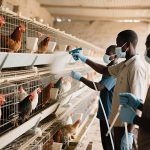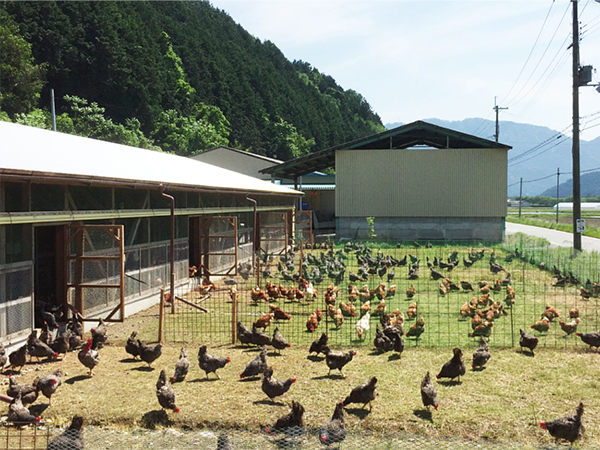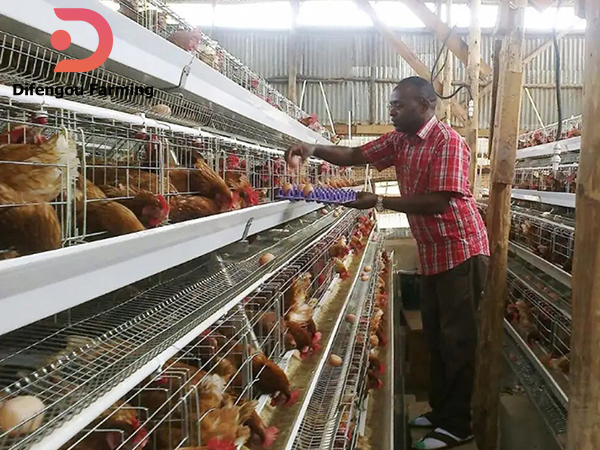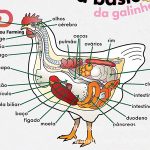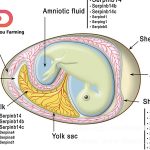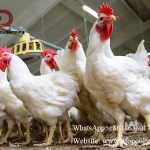The method to investigate if poultry business is profitable in Africa
How to investigate if the poultry business is profitable in Africa, the following is the method for you to do to make sure the investigation is effective.
Market Research Methods
There are many methods for market research, including field surveys, questionnaire surveys, and sampling surveys, among others. Currently, the investigation of the poultry market mainly employs the interview method and the observation method as part of the field survey.
(I) Interview Method
The interview method involves directly or in writing questioning the respondents about the matters to be investigated. Methods of investigation to obtain the necessary information. The characteristic of the interview method lies in the mutual influence and interaction between the investigator and the interviewee throughout the entire interview process, which is also a process of interpersonal communication. Personal interviews are often used in poultry market surveys.
Personal interviews refer to the method in which the interviewer obtains information by face-to-face questioning and observation of the interviewee. Prior to the interview, the interviewer should design a survey outline or questionnaire. The interviewer can ask questions in sequential order or engage in free conversation around the survey questions. It is important to take notes during the conversation for later organization and analysis. Generally, the subjects of the poultry market survey include poultry wholesalers, retailers, consumers, poultry breeders, market management departments, etc. The main aspects of the survey include market sales volume, prices, variety proportions, quality, sources of supply, customer operations, market conditions, etc.
To achieve good results, the choice of interview method is crucial. Generally, there are three types of personal interviews:
(1) Free inquiry refers to the free conversation between the investigator and the respondent to obtain the necessary market information. The free inquiry method is not restricted by time, location, or occasion. The respondent can answer questions without limitations, while the investigator can flexibly engage in discussions, queries, and other forms of investigation based on the survey content, timing, and progress. In case of unclear questions, a discussion can be used to resolve them. This method is commonly used for general and regular poultry market surveys, targeting company clients or relevant market personnel as survey subjects. Through free inquiry, the required market information is obtained.
(2) Questionnaire-based surveys, also known as directed surveys, refer to the pre-designed survey outline that the surveyor follows during face-to-face interviews. This method is commonly used for specific poultry market surveys, as it has a strong purpose and is conducive to organizing data in a concentrated and systematic manner. It also improves efficiency, saves survey time and costs. When choosing a questionnaire-based survey, attention should be paid to selecting survey subjects to gain a comprehensive understanding of market and industry conditions.
(3) Restricted choice, also known as mandatory choice, is similar to a questionnaire survey. It involves listing options for certain survey content during individual interviews and allowing the survey subjects to make selections. This method is mostly suitable for specific surveys.
(II) Observation Method
The observation method refers to the approach in which investigators directly observe and record the subjects of investigation on-site to obtain market information. The observation method relies on the investigator’s intuitive perception or the use of certain recording devices and instruments to track, record, and examine the subjects and gather specific important information. The observation method has the characteristics of being natural, objective, direct, and comprehensive.
In the investigation of the poultry market, the main contents of the observational method include:
(1) Observation of market operations
Observe the overall market conditions during a suitable time period, including the number and size of stalls, customer purchasing behavior, poultry inventory situation, and preliminary judgment of market operations based on collected information from visits and other sources.
(2) Observation of product quality and marketable weight
Observe the weight, feather color, and leg meat color of the poultry to assess their quality. Observe the weight of poultry in stock and combine it with visits to determine the marketable weight of the poultry.
(3) Observation of customer behavior
Observe customer activities and the flow of customers entering and exiting the market. This includes preferences for purchasing poultry, feedback and evaluation of prices and quality, breed selection, customer flow patterns at different times, and other market information to understand customer composition, behavior characteristics, popular poultry varieties, and customer flow patterns.
(4) Observation of customer traffic
Observe and record the number and types of vehicles entering and exiting the market during a certain period. This helps evaluate and analyze the market’s sales volume and level of activity.
(5) Trace observation
Sometimes, observing traces left by the subjects provides more accurate information than direct observation. For example, through wholesalers’ purchase and sales records, market notices, and other documents, it is possible to grasp the wholesalers’ sales volume, selling prices, and market conditions, and collect reliable information that is difficult to obtain directly.
To improve the effectiveness of observational research, observers should plan ahead, apply observation techniques during the process, and promptly record and organize information after observation to obtain in-depth and valuable insights and accurate research conclusions.
In actual investigations, a combination of methods such as interviews and observations is often used. It is necessary to flexibly apply different methods according to the research objectives and content in order to achieve good results.

